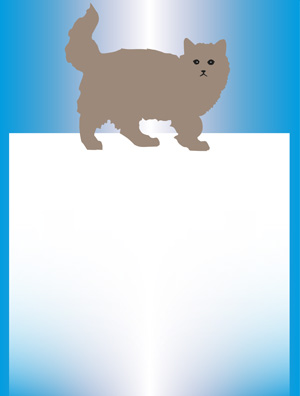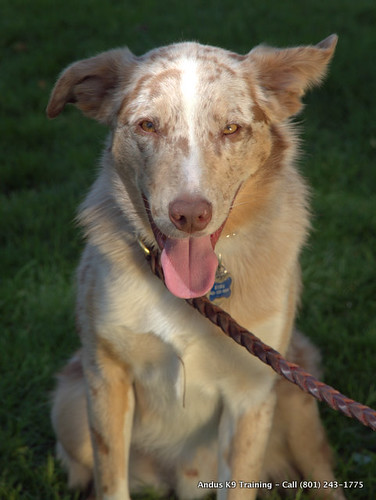Your Dog Won’t Know What To Do Without Your Help!
March 8th, 2015 by admin
Your dog is important to you, but so are your possessions. Your dog isn’t aware of the value of your things, so items that seem fun to a dog may be played with. Read on for insight and advice that will help you to train your pet more effectively and with as little frustration as possible.
Ensure your dogs are active and getting a lot of exercises. Just like humans, dogs can become bored easily. Not to mention that a bored dog is going to be more stubborn during training. Your dog is going to be a lot more attentive when it has received enough exercise. Be sure to go for jogs or walks with your dog regularly.
Chew Toys
Give your puppy something it can chew to help it lessen teething pains, like a toy or a piece of rope. Keep any items you treasure out of reach of your puppy while it is teething. Give it one of his chew toys immediately. Chew toys are essential for puppies who are experiencing pain from teething. A great alternative is a frozen wash cloth.
Whenever you want your dog to complete a task, you must reward it. They have to know that doing the right thing brings a happy ending. This is the proper way to make sure that your dog learns the difference between right and wrong.
If you encounter a dog with whom you are not acquainted, you should do so slowly and with the back of a hand outstretched. This lets the dog get accustomed to your smell and he will be more trusting towards you. Once a dog recognizes your particular scent, he will be unafraid and willing to obey.
You need to make certain your dog is having fun each day during training sessions. The two of you playing together will help build a strong bond, and that will encourage your dog to positively respond to the training. While training is fun in itself, take some time to just play for enjoyment each day.
Training Sessions
Maintain short training sessions. Since dogs do not have a long attention span, short lessons will prevent them from getting bored. If you desire to do a lot more training, be sure to give your dog breaks in between training sessions.
Use primary reinforcement to train your dog. The dog has a reward they love given when they are good. Some examples of primary reinforcements are food and rubbing the dog’s belly. This way, your dog learns the right way to get what he wants.
Silence your dog’s excessive barking by teaching them a silencing command. When he barks, show him his favorite treat, and repeat the command. “Quiet” works well. Only give the treat when you dog has done as you have asked. Enough repetitions will result in the dog associating the treat with the command and remaining quiet.
Don’t give a puppy too much information and training at once, or you’ll wear him out. You need to keep your training sessions short so that your puppy pays attention. If you try too hard to train the puppy, he will probably just forget what you have taught him and will see the experience as bad. This will make it more difficult to train the puppy at a later time.
Making your dog learn habits that are good from the start is very important. Dogs find it much harder to break existing bad habits than to learn new, positive ones. For instance, a dog that is never fed table scraps is less likely to beg at the table.
Short training sessions are the best idea. Any longer than fifteen minutes spent training your dog will exhaust his ability to concentrate and lead to frustration. After every training session, be sure to play with them and praise them a lot.
Finally, you have to stop the dog from using all of your things as chewtoys. This prevents them getting hurt and also saves you irritation and money. Use these tips to train your dog properly and to cease their chewing.
Avail the opportunity to know much more about our services by checking out our  website .
website .
- Comments Off on Your Dog Won’t Know What To Do Without Your Help!
- Posted in Dog Training

